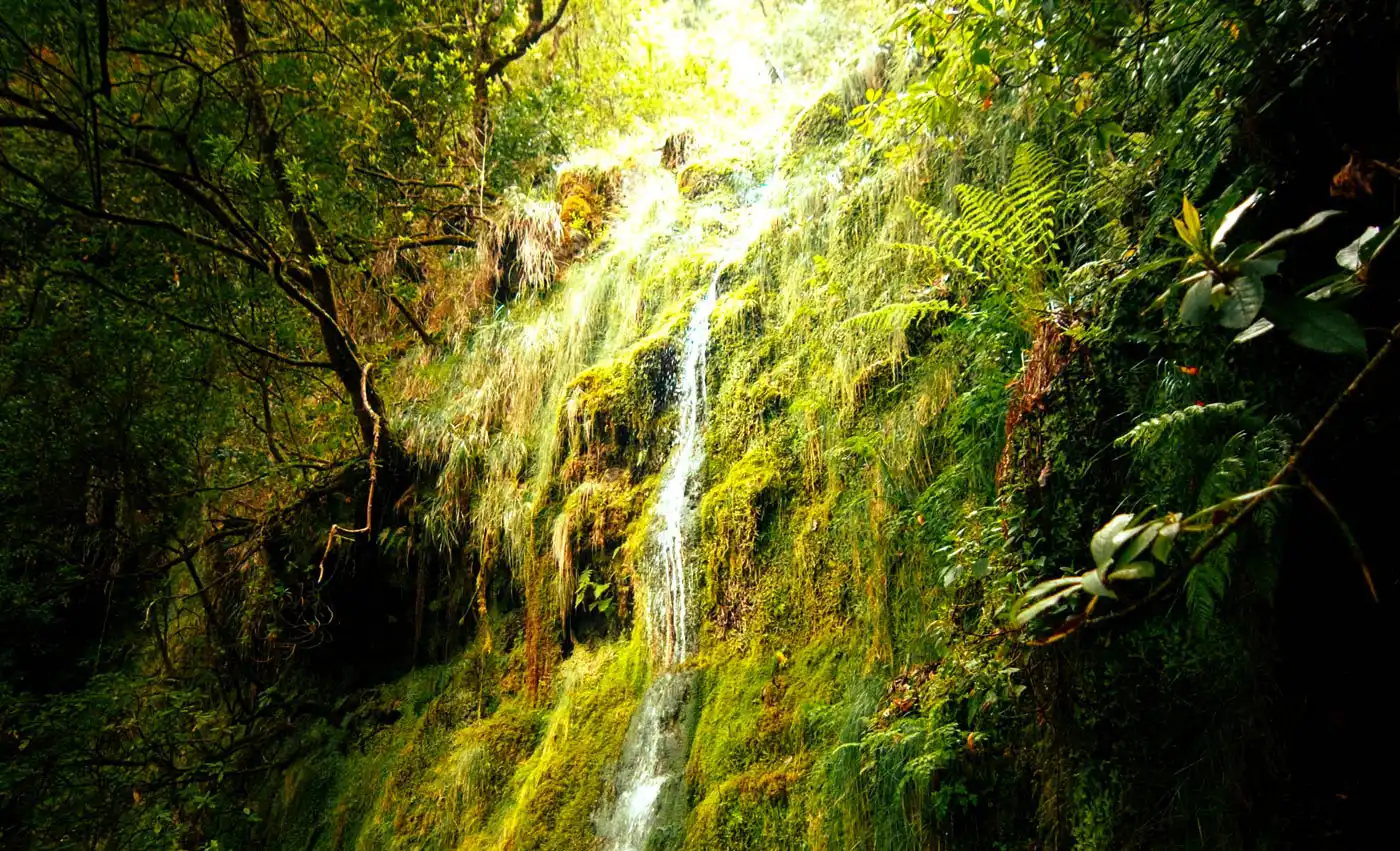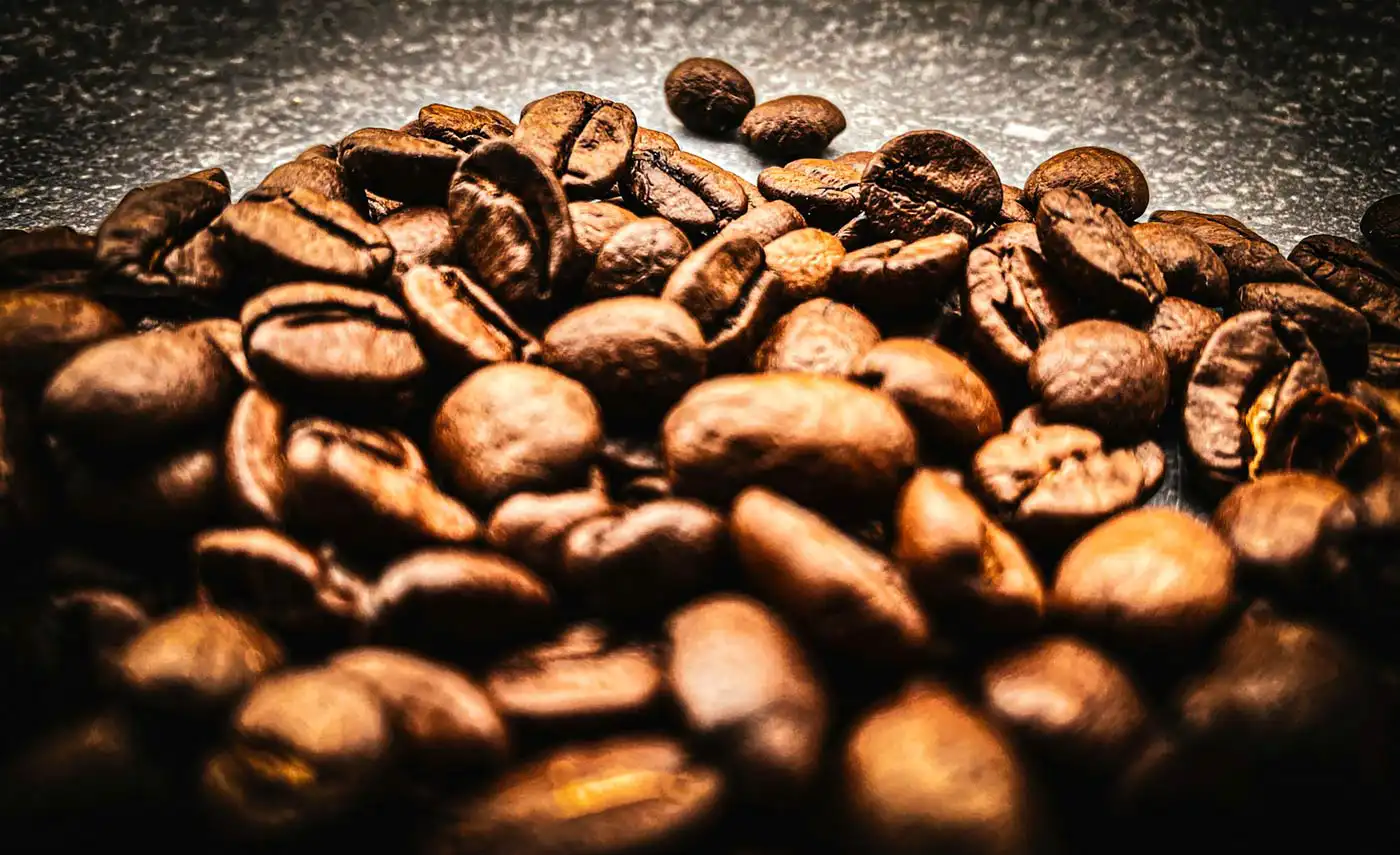Multiple Invasive Species Are Rapidly Spreading Across Madeira’s Laurissilva
Madeira’s Laurissilva forest is facing a serious threat from invasive plant species that are advancing quickly in key areas. The incense tree, acacia, eucalyptus, and several others are competing with native species such as loureiros and tijos, altering the natural balance of this UNESCO World Heritage site. Geographer Raimundo Quintal warns that in some locations, “it may already be too late.”
Areas Including Boaventura de São Jorge Show Alarming Density of Aggressive Invasive Plants
In regions like Boaventura de São Jorge, invasive species are spreading rapidly in both forests and river valleys. Quintal highlights that in certain streams and mountain areas, plants like conteira and bordo (ácer pseudoplátanos) are advancing at a fast pace, putting native flora under severe pressure.
Even Seemingly Harmless Plants Such as Maracujá Azeiro Can Damage Native Trees
Some invasive plants may appear innocuous but are causing significant damage. He mentions a levada where maracujá azeiro climbs over native tijos, while other commercially sold plants also encroach on native species. Quintal expresses concern for the forest’s World Heritage classification, saying that the UNESCO World Heritage title might be lost.
The photographs with which I illustrate this reflection are not from São Miguel, where the banana tree and the frankincense tree have irreversibly established themselves in the waterways and interfluves. They are from areas of our Laurissilva, which should be immaculate in order to maintain its classification as a Natural Heritage of Humanity, an award granted by UNESCO in December 1999, with the commitment made by the Regional Government to put a stop to the threats that were already noticeable at the time."
Raimundo Quintal, Diário de Notícias Madeira
Immediate Action Required From Government, Scientists, and Local Communities to Save the Forest
The geographer emphasizes that the problem has drawn international attention, with some investors disturbed by the human impact and the spread of invasives. He calls for coordinated efforts involving scientific knowledge, government support, municipal authorities, and the general population.
Scientific knowledge and a lot of work are required, with strong commitment from the government, municipal authorities, and the general population. This cannot be solved with occasional projects or yearly cleanups. It demands hard, sustained work, using both machinery and human effort, and cannot rely on isolated actions.
Raimundo Quintal, RTP Madeira








Comments